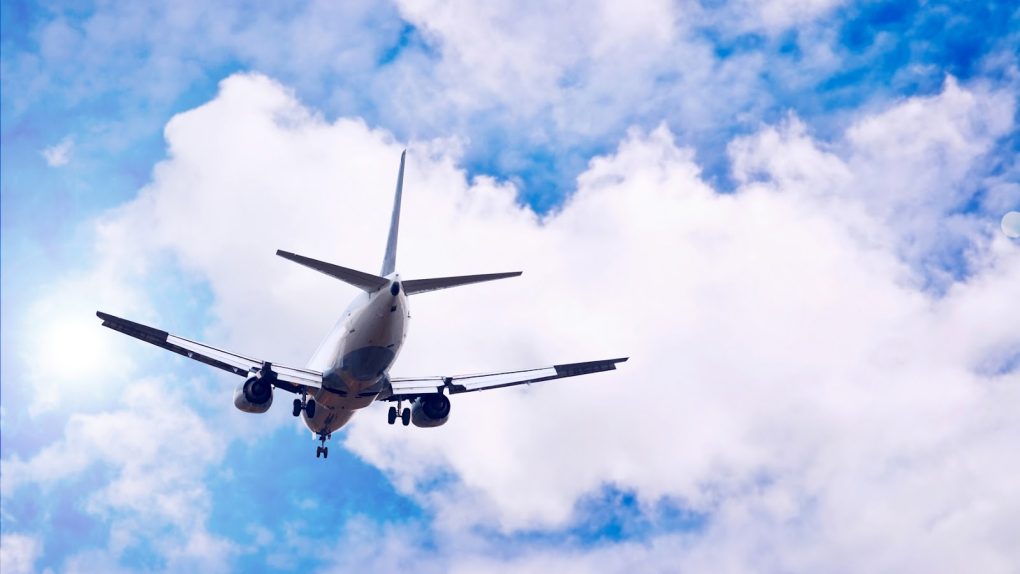In-flight Wi-Fi is almost worse than having no Wi-Fi at all: sure, you can look at all those funny memes, but they only load one line at a time. The slow speeds are mostly due to the limited technology being used. namely ground stations scattered all across the country.
But thanks to a new agreement signed between Viasat and American Airlines, fast internet could be coming to every single passenger on future American flights.
DON’T MISS: T-Mobile is giving away a bunch of free stuff, here’s how to get it
The deal will see American ditch its existing supplier, Gogo, and equip its new fleet of Boeing 737 Max with Viasat’s in-flight service. Specifically, the company is promising 12Mbps to each and every user on the plane, enough speed for users to stream movies, conduct Skype calls (with some lag), or browse the internet without wanting to gouge out their eyeballs.
Viasat uses its satellite network to do this. Satellite dishes are installed in the top of the aircraft, which lock on to Viasat’s satellites in orbit. Viasat will be launching a new satellite, Viasat-3, in 2019, which should improve the speeds even further.
Satellites are undoubtedly the future of in-flight internet, because they can work on trans-continental flights and offer higher speeds than ground-based offerings. Gogo is jumping onto the bandwagon with its own satellite-based system, 2Ku. Unfortunately, that system only provides 70Mbps to the entire plane, too slow for anything other than casual browsing for each user.
American’s new fleet of Viasat-equipped planes will start operations in September 2017, so angry flyers only have one more year of dial-up speeds to endure.










